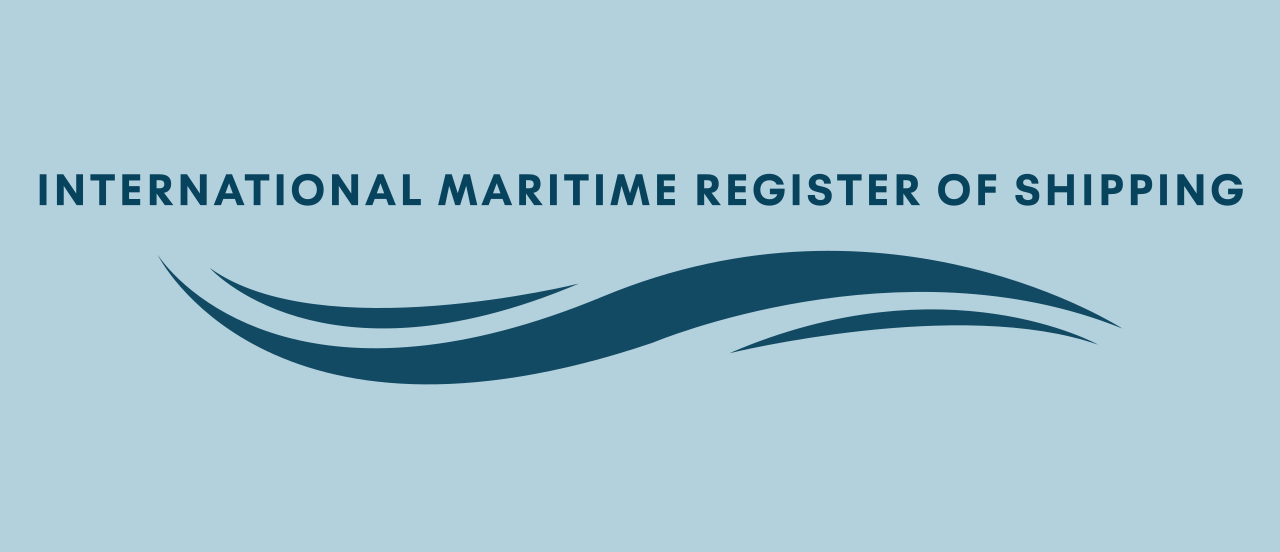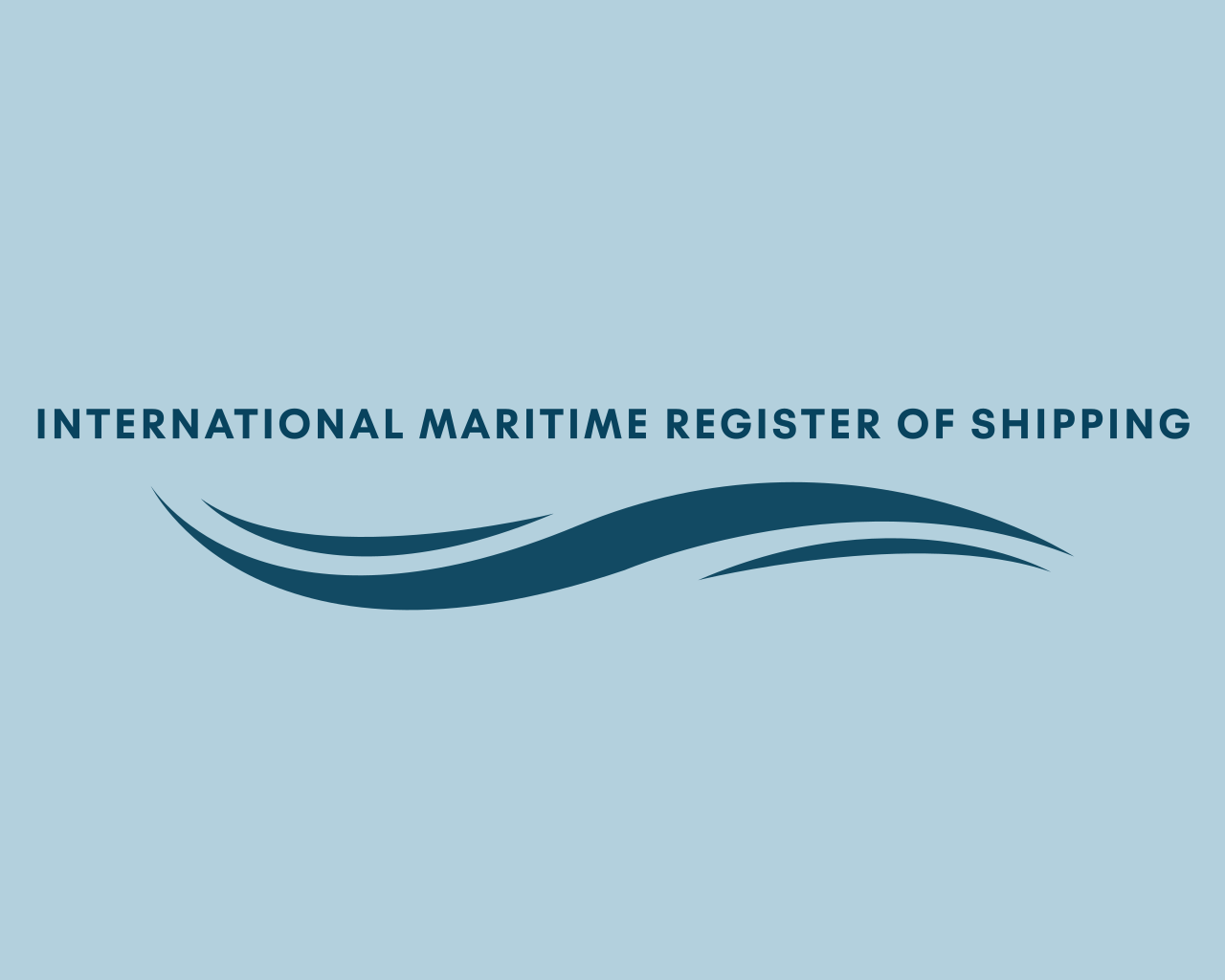The International Convention for the Prevention of Pollution from Ships
Statutory
International Convention for the Prevention of Pollution from Ships (MARPOL) was adopted by IMO in 1973
The entered into force: 2 October 1983 (Annexes I and II).
Title: MARPOL: Safeguarding the Marine Environment through International Cooperation
Introduction: The International Convention for the Prevention of Pollution from Ships, commonly known as MARPOL, stands as a cornerstone of global efforts to protect the marine environment from pollution caused by shipping activities. Enacted in response to growing concerns over marine pollution, MARPOL establishes comprehensive regulations governing the discharge of harmful substances from ships, aiming to minimize their adverse impact on oceans, coastal areas, and marine life. This essay explores the history, objectives, provisions, and significance of MARPOL in preserving the ecological integrity of the world’s oceans.
Historical Context: The origins of MARPOL can be traced back to the 1967 Torrey Canyon oil spill, a catastrophic environmental disaster that highlighted the need for international action to address marine pollution. In response, the International Maritime Organization (IMO) initiated efforts to develop a global treaty to regulate pollution from ships. This culminated in the adoption of the first MARPOL convention in 1973, with subsequent amendments in 1978, 1983, 1997, and 2008, reflecting evolving environmental concerns and technological advancements.
Objectives: The primary objective of MARPOL is to prevent and minimize pollution from ships by regulating the discharge of harmful substances into the marine environment. To achieve this goal, the convention establishes stringent standards for controlling various types of pollution, including oil, chemicals, sewage, garbage, and air emissions. By setting clear guidelines and requirements for shipowners, operators, and flag states, MARPOL aims to promote sustainable maritime practices and mitigate the adverse impacts of shipping on marine ecosystems and human health.
Provisions: MARPOL comprises six annexes, each addressing specific types of pollution and establishing regulations to prevent or minimize their release into the marine environment:
Annex I – Oil Pollution: Regulates the discharge of oil and oily residues from ships, including requirements for oil pollution prevention, contingency planning, and the installation of oil pollution prevention equipment such as oil/water separators.
Annex II – Noxious Liquid Substances: Sets standards for the discharge of noxious liquid substances carried in bulk, prescribing procedures for their handling, transport, and discharge to minimize environmental harm.
Annex III – Harmful Substances in Packaged Form: Addresses the packaging, labeling, and stowage of harmful substances transported by ships in packaged form to prevent accidental pollution incidents.
Annex IV – Sewage Pollution: Regulates the discharge of sewage and wastewater from ships, requiring the installation of sewage treatment systems and establishing discharge limits to protect marine ecosystems and public health.
Annex V – Garbage Pollution: Sets forth rules for the disposal of garbage from ships, including prohibitions on the discharge of plastics, cooking oil, and other harmful materials, as well as requirements for garbage management plans and reception facilities.
Annex VI – Air Pollution: Addresses air emissions from ships, including sulfur oxides (SOx), nitrogen oxides (NOx), and particulate matter, prescribing limits on emissions and promoting the use of alternative fuels, exhaust gas cleaning systems (scrubbers), and other measures to reduce air pollution.
Significance: MARPOL holds immense significance for the protection of the marine environment and the sustainability of maritime activities worldwide. By establishing uniform standards and regulations for pollution prevention, the convention helps mitigate the adverse impacts of shipping on oceans, coastal areas, and marine ecosystems. MARPOL also promotes international cooperation and collaboration among maritime stakeholders, fostering a collective commitment to environmental stewardship and sustainable development.
Furthermore, MARPOL contributes to the implementation of broader environmental initiatives, such as the United Nations Sustainable Development Goals (SDGs) and the International Maritime Organization’s Action Plan on Greenhouse Gas Emissions Reduction. Through its provisions on air pollution control and emission reduction measures, MARPOL supports efforts to combat climate change and reduce the shipping industry’s carbon footprint
MARPOL requires issuance of the following certificates:
- International oil pollution prevention certificate
- International air pollution prevention certificate
- Engine international air pollution prevention certificate
- International Pollution Prevention Certificate for the Carriage of Noxious Liquid Substances in Bulk (NLS Certificate)
- International sewage pollution prevention certificate
- International energy efficiency certificate
Manuals and plans under MARPOL are:
- Garbage Record Book
- Shipboard Oil Pollution Emergency Plan (SOPEP)

